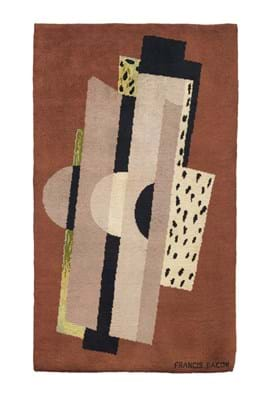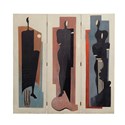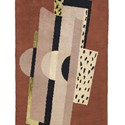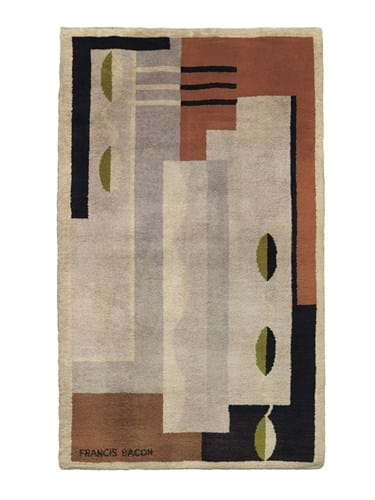The department of culture, media and sport has issued a temporary export bar, following a recommendation by The Reviewing Committee on the Export of Works of Art (RCEWA), for the works which have been deemed rare early works by Bacon of “outstanding aesthetic importance”.
The screen was Bacon’s first work in triptych – he later went on to create at least 28 triptychs. It is believed the screen is his earliest surviving large-scale work and his earliest surviving figure painting.
RCEWA member Richard Calvocoressi said: “Given how much of his work Bacon destroyed, it is crucial that we try to retain these rare early examples in this country. Bacon’s first short career as an interior designer, principally of modernist furniture and rugs, informed so much of his later painting – not least his feeling for space and structure.”
The 6 x 6ft (1.83 x1.83m) oil painted screen, c.1930, is valued at £2.5m and the three wool rugs were designed by Bacon for Royal Wilton carpets as part of their ‘Wessex’ range c.1929-30 and are valued at £186,000, £166,000 and £146,000.
The screen and rugs are believed to have been sold at Christie’s on October 4, 2018.
The decision on the export licence applications for the three rugs and the painted screen will be deferred until July 25 which could be extended until October.










